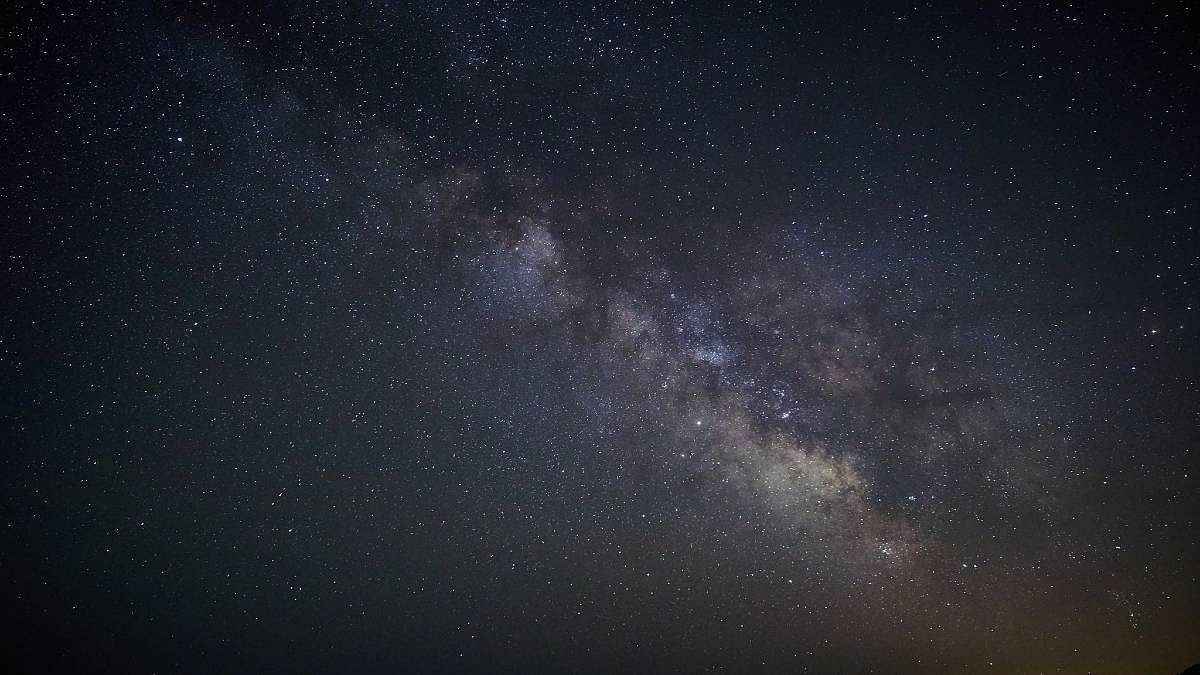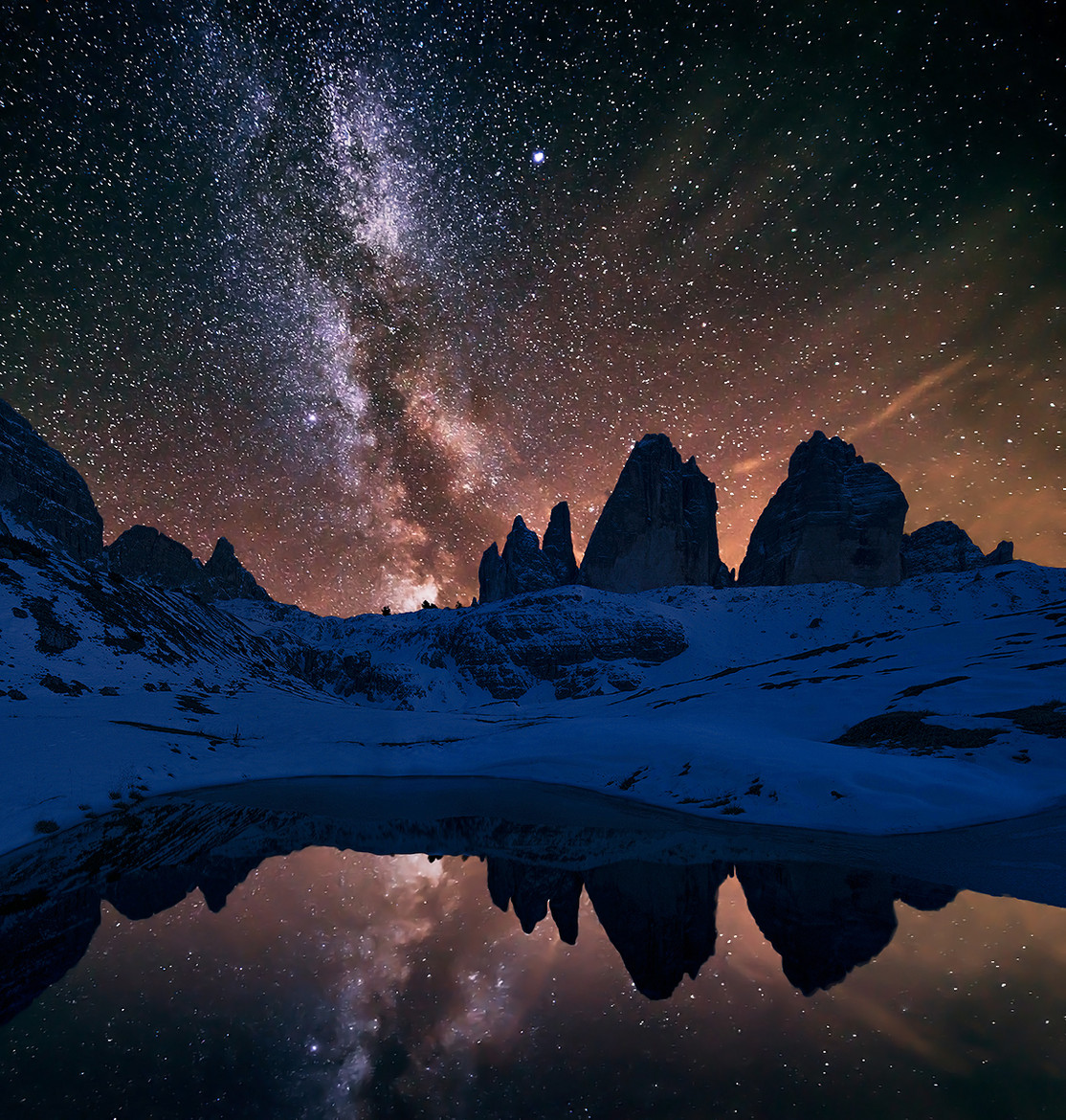Table of Contents
- Galaxy Will Slam Into Galaxy, Awaken Great Void And Might Send Out ...
- Smithsonian Insider – galaxy1, Harvard-Smithsonian Center for ...
- Share
- Milky Way Galaxy Tour
- The Milky Way Galaxy by Dominic Kamp
- galaxy
- Milky Way had big collision with another galaxy 3 bn years ago
- Galaxy Photography, Images by Jason Ware
- The Milky Way Galaxy | Earth Blog
- Cosmic Tourist 9X12 Galaxy Space Acrylic Painting | Galaxy drawings ...



What are Galaxies?



Types of Galaxies
There are several types of galaxies, each with its unique characteristics and features. The main types of galaxies include: Spiral Galaxies: These galaxies have a distinctive spiral shape, with a central bulge and spiral arms of stars, gas, and dust. Elliptical Galaxies: These galaxies are egg-shaped and contain mostly older stars. Irregular Galaxies: These galaxies have no distinct shape and are often the result of galaxy collisions or mergers.
Galaxy Formation and Evolution
Galaxies are thought to have formed in the early universe, during the first billion years after the Big Bang. They are believed to have formed from the gravitational collapse of gas and dust, which eventually gave rise to the first stars. Over time, galaxies have evolved through a series of mergers and interactions, resulting in the diverse range of galaxies we see today.
Galaxy Clusters and Superclusters
Galaxies are not isolated objects, but are often found in clusters and superclusters. Galaxy clusters are groups of galaxies that are held together by gravity, while superclusters are larger networks of galaxy clusters. These structures are the largest known structures in the universe, stretching for millions of light-years across the cosmos.Exploring Galaxies with National Geographic
National Geographic has been at the forefront of galaxy research, with a team of scientists and astronomers working to explore and understand the universe. From the Hubble Space Telescope to the latest galaxy surveys, National Geographic has been involved in some of the most significant galaxy discoveries in recent years.